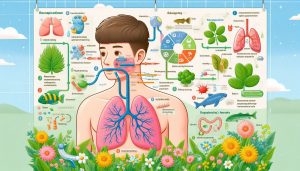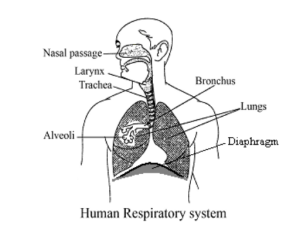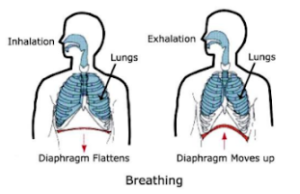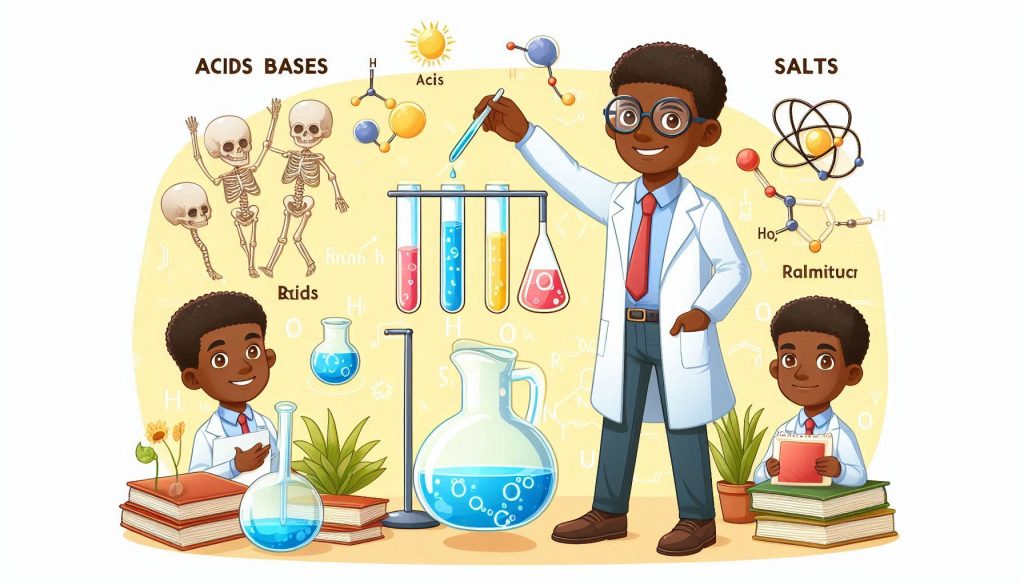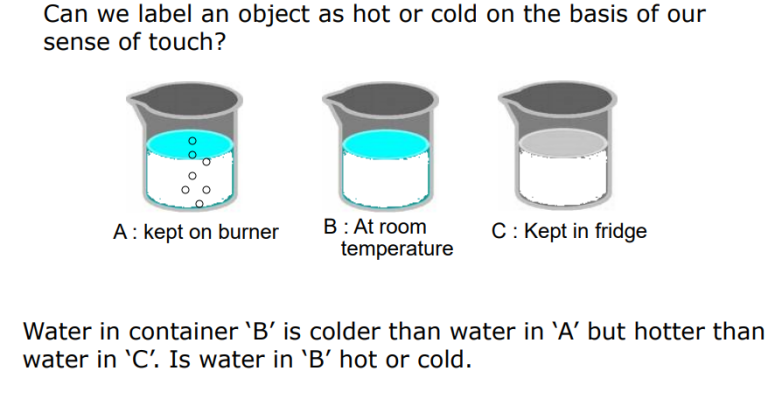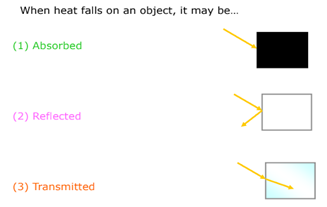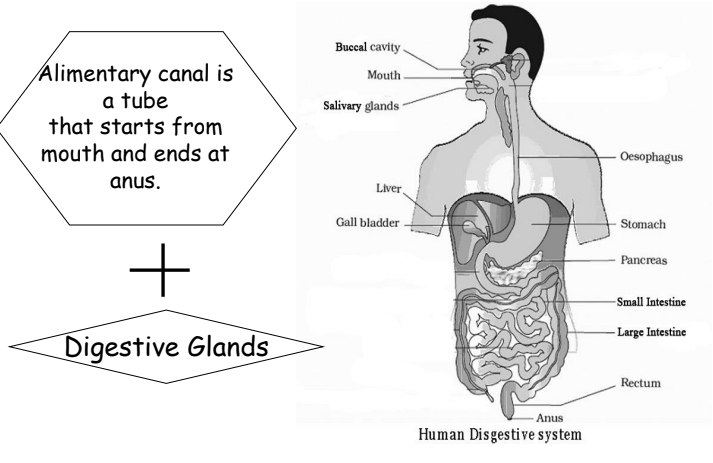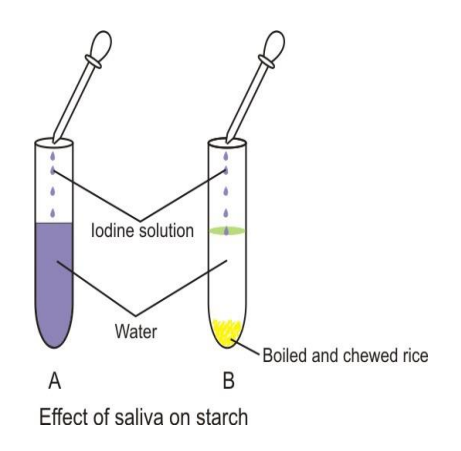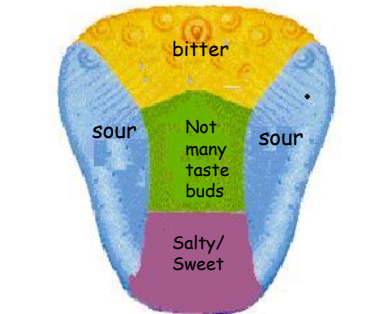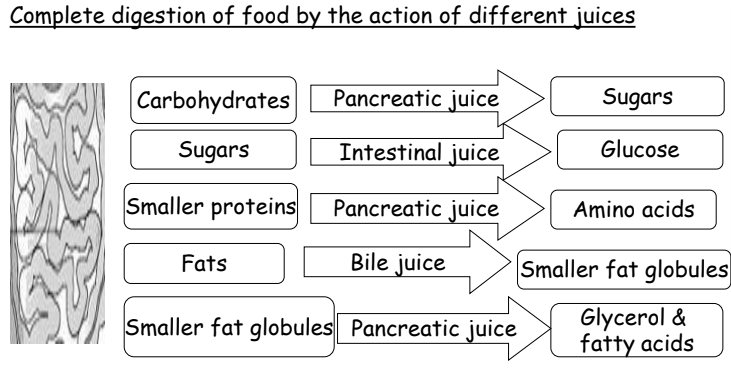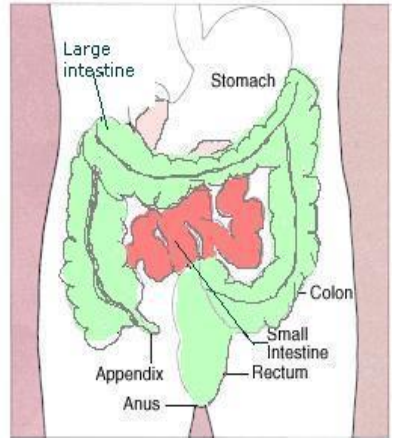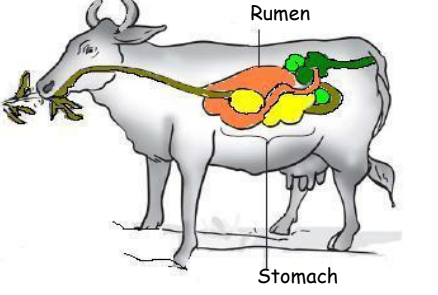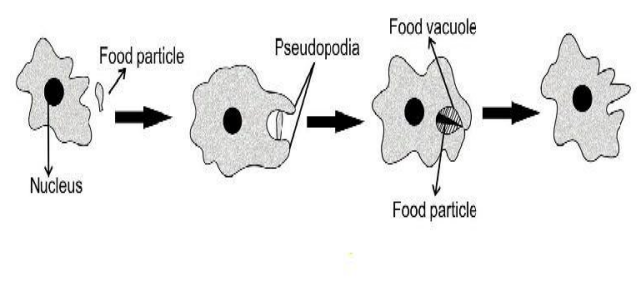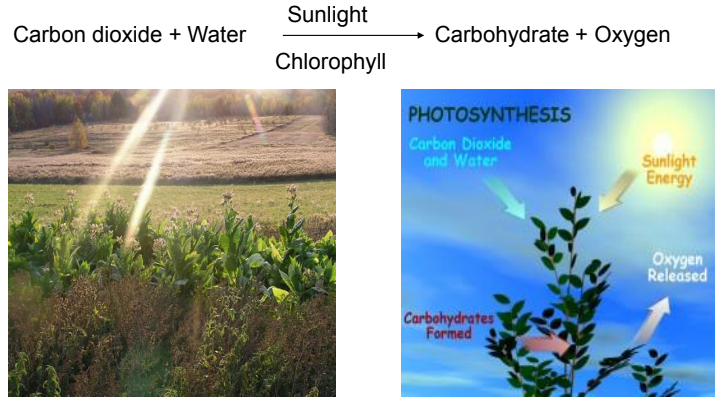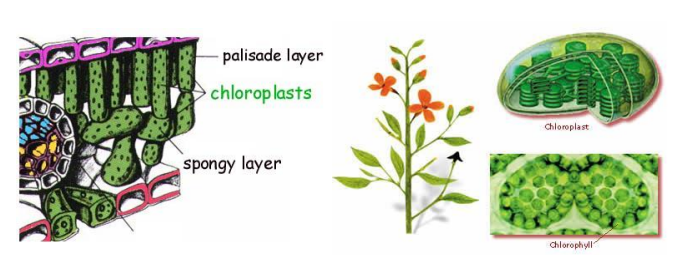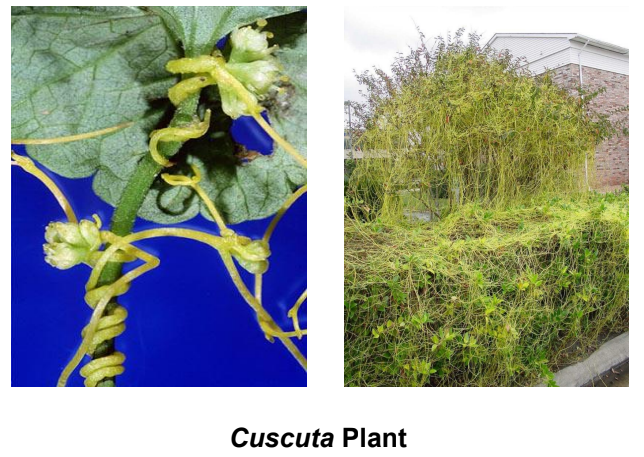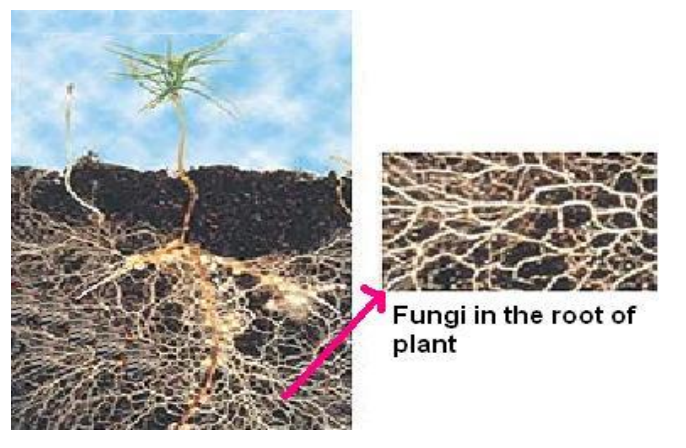Transportation in Plants and Animals- Complete Guide For Class 7th Science Chapter 7
Welcome to iPrep, your Learning Super App. Our learning resources for the chapter, Transportation in Plants and Animals in Science for Class 7th are designed to ensure that you grasp this concept with clarity and perfection. Whether you’re studying for an upcoming exam or strengthening your concepts, our engaging animated videos, practice questions and notes offer you the best of integrated learning with interesting explanations and examples.
Today we’re diving into Chapter 7 of Class 7 Science: “Transportation in Plants and Animals.” We’ll explore how both plants and animals manage the movement of essential substances within their bodies to stay healthy and functional. Let’s break it down into easy-to-understand sections, complete with tables, flowcharts, and equations for better comprehension.
Understanding Transportation In Plants And Animals
Transportation in Plants and Animals refers to the movement of substances and gases from one part of a multicellular organism to another. This process is vital for maintaining life as it ensures that all cells receive the nutrients and oxygen they need while removing waste products.
Transportation in Humans
The Circulatory System
In the chapter Transportation in Plants and Animals, there is a detailed mention of transportation in humans. In humans, transportation is handled by the circulatory system, which includes:
- Heart: The muscular pump that drives blood through the body.
- Blood: The fluid medium that carries nutrients, gases, and waste products.
- Blood Vessels: The tubes through which blood flows.
- Lymph: An additional fluid medium involved in transportation.
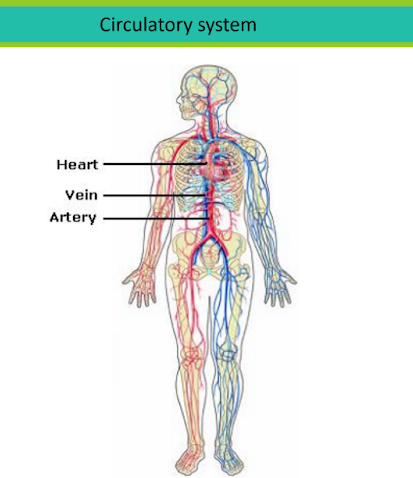
Components of the Circulatory System
| Component | Function |
| Heart | Pumps blood throughout the body |
| Blood | Transports nutrients, gases, and waste products |
| Blood Vessels | Carry blood to and from all parts of the body |
| Lymph | Transports fats and drains excess fluid |
Blood Composition
According to the chapter Transportation in Plants And Animals, Blood is composed of:
- Red Blood Cells (RBCs): Carry oxygen from the lungs to the body and return carbon dioxide.
- White Blood Cells (WBCs): Also known as leukocytes, part of the immune system, fighting infections.
- Platelets: Aid in blood clotting to prevent bleeding.
- Plasma: The liquid component that transports cells and nutrients.
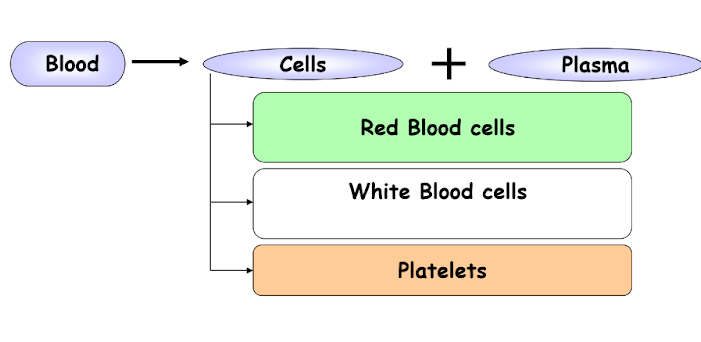
Table of Blood Components
| Component | Function |
| Red Blood Cells | Transport oxygen and carbon dioxide |
| White Blood Cells | Fight infections |
| Platelets | Form blood clots |
| Plasma | Carries cells and nutrients |
Blood Vessels
According to the chapter Transportation in Plants and Animals, Blood vessels are categorized into:
- Arteries: Carry oxygenated blood away from the heart.
- Veins: Carry deoxygenated blood back to the heart.
- Capillaries: The smallest blood vessels where nutrient and gas exchange occurs.
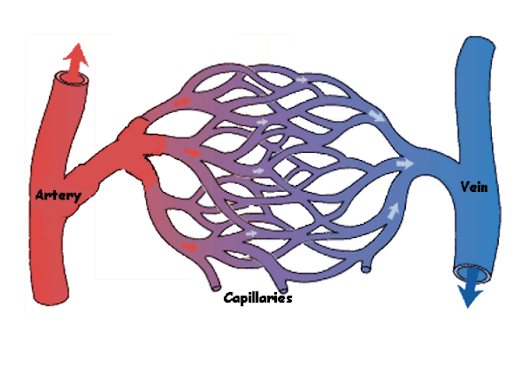
Comparison of Blood Vessels
| Type | Function | Structure |
| Arteries | Carry oxygenated blood | Thick walls, no valves |
| Veins | Carry deoxygenated blood | Thin walls, with valves |
| Capillaries | Exchange of gases and nutrients | One cell thick walls |
The Heart
The heart is a muscular organ with four chambers:
- Right Atrium and Right Ventricle
- Left Atrium and Left Ventricle
- Valves between atria and ventricles.
- The partition between the chambers helps to avoid mixing up blood rich in oxygen with blood rich in carbon dioxide
- Helps in pumping blood to body parts
Diagram of the Human Heart
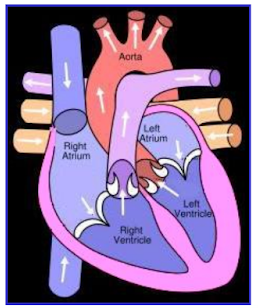
Heart Chambers in Various Animals:
- Fish: Two chambers
- Amphibians: Three chambers
- Reptiles: Three chambers
- Birds and Mammals: Four chambers
Heartbeat
The heartbeat is one complete contraction of the heart and continues throughout life. A stethoscope is used to listen to the heartbeat and consists of:
- Chest Piece (with a sensitive diaphragm)
- Two Ear Pieces
- Connecting Tube
Lymph
Lymph is an extracellular colorless fluid which contains blood (large proteins and RBCs) that helps in:
- Transportation of fats
- Draining excess fluid back into the blood
Formation of Lymph
- Leakage of small cells and proteins from blood
Circulation
Types of Circulation:
- Single Circulation: Blood passes through the heart once (e.g., fish).
- Double Circulation: Blood passes through the heart twice (e.g., humans).
Flowchart of Blood Circulation
[Body] -> [Heart (Right)] -> [Lungs] -> [Heart (Left)] -> [Body]
Excretion
The Process of Excretion
Excretion is the removal of metabolic wastes from the body:
- Carbon Dioxide: Removed through the lungs.
- Nitrogenous Wastes (Urea, Uric Acid): Removed through the urinary system.
The Human Excretory System

Filtration and Urine Formation
- Filtration: Done by capillaries in the kidneys.
- Reabsorption: Useful substances are reabsorbed back into the blood.
- Urine Formation: Wastes dissolved in water are removed as urine.
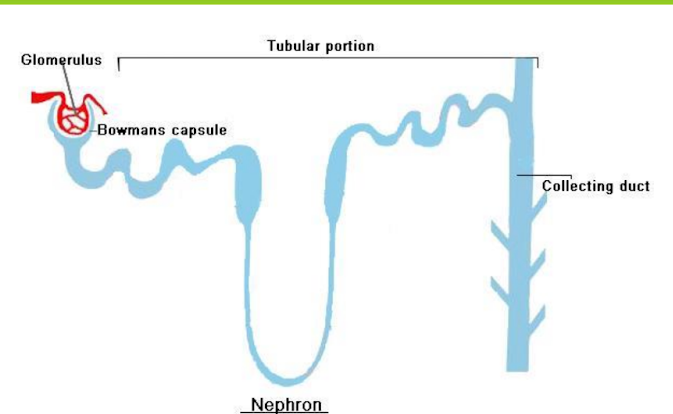
Urine = Nitrogenous Wastes + Water
- Filtration of wastes from the blood.
- Selective reabsorption of certain substances like glucose, amino acids, salts and water back into the blood.
- Urination is under the nervous control.
Flowchart of Urine Formation
[Blood] -> [Kidneys] -> [Urine Formation] -> [Ureters] -> [Bladder] -> [Urethra]
Daily Urine Output: Approximately 1-1.8 liters
- Excretion in humans also takes place through sweating. On hot summer days, sweating takes place. Sweat contains water and salts.
Excretion in Other Animals
- Fish: Excrete ammonia in gaseous form.
- Reptiles, Birds: Excrete uric acid as a semi-solid compound.
Dialysis
In cases of kidney failure, dialysis is used to clean waste from the blood artificially.
Excretion in Plants
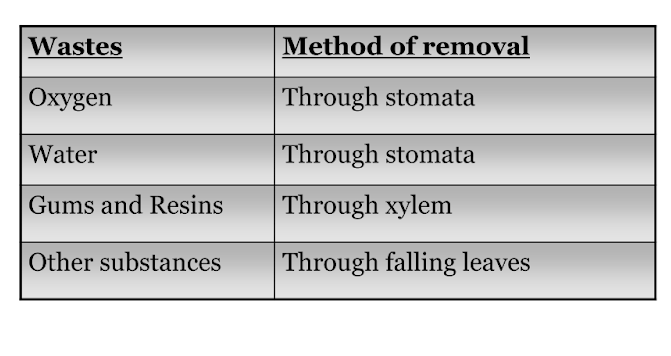
Transportation in Plants
Need for Transportation
Plants need to transport:
- Water and Minerals: For food preparation and growth.
- Food and Other Substances: To support various parts of the plant.
Transport of Water and Minerals
- Absorption: Water and minerals are absorbed by the roots, facilitated by root hairs.
- Xylem Tissue: Made up of vessels and tracheids. These form a continuous water-conducting system from roots to leaves.
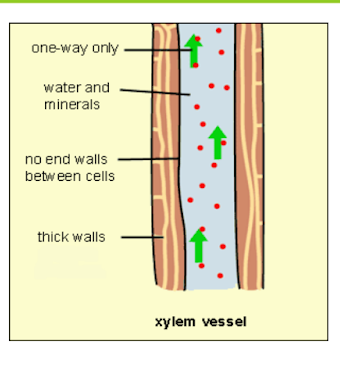
Flowchart of Water Movement in Plants
[Soil] -> [Roots] -> [Xylem] -> [Leaves]
Transpiration: Evaporation of water through the leaves, creating suction that pulls water up. It’s a process by which water that is absorbed by plants, usually through the roots, is evaporated into the atmosphere through the stomata present on the surface of the leaves.
Transport of Food (Translocation)
- Phloem Tissue: Transports food from leaves to other parts.
- Two-Way Flow: Due to osmotic pressure created by the movement of sucrose in the phloem.

Flowchart of Food Transport
[Leaves] <-> [Phloem] <-> [Other Parts]
Conclusion
In conclusion, Chapter 7: Transportation in Plants and Animals in Class 7 Science is a fundamental topic that explores how living organisms, both plants and animals, efficiently manage the movement of essential substances to maintain life. Through the circulatory system in animals and the vascular system in plants, transportation plays a key role in ensuring proper nutrition, gas exchange, and waste removal. Understanding these processes from Class 7 Science Chapter 7: Transportation in Plants and Animals gives students a strong foundation in biology, highlighting the complexity and importance of internal systems in sustaining life.
With the resources offered by iPrep Learning Super App, you can deepen your understanding of Class 7 Science Chapter 7: Transportation in Plants and Animals through interactive videos, practice questions, and detailed notes. Don’t miss out on mastering this essential chapter – ensure you review all the key points discussed in Transportation in Plants and Animals for your upcoming exams and further learning!
Practice questions on Chapter 7 - Transportation in Plants and Animals
Get your free Chapter 7 - Transportation in Plants and Animals practice quiz of 20+ questions & detailed solutions
Practice Now








